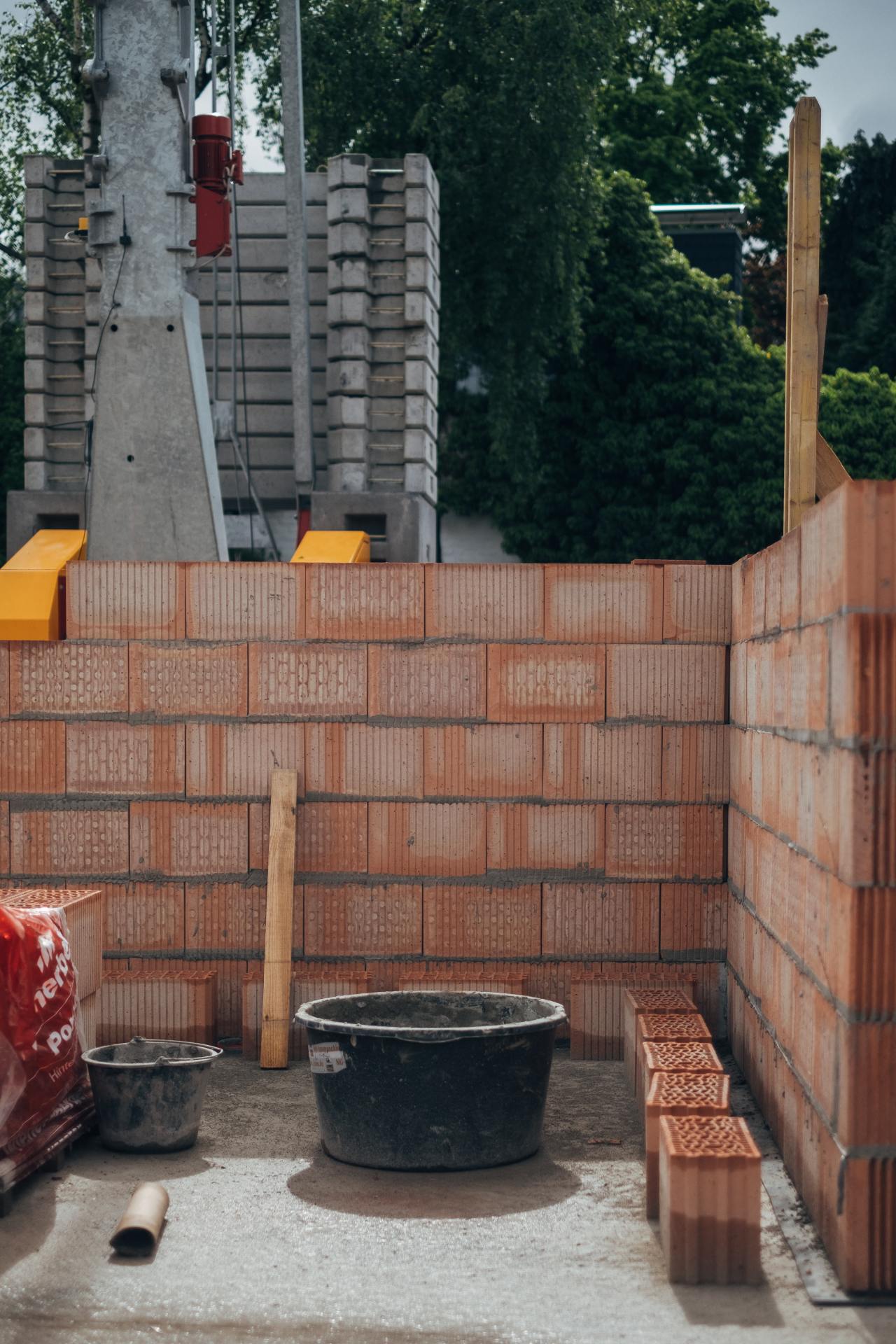Getting My helical wall ties To Work
Getting My helical wall ties To Work
Blog Article

If the two leaves on the cavity wall are 90mm or thicker then it’s advisable to implement two.five wall ties for each m2 using a maximum horizontal spacing of 900mm and utmost vertical spacing of 450mm. Constantly Examine Using the Building Restrictions nevertheless as This can be varied in a few occasions. Distribute the wall ties evenly across the wall location inside of a staggered pattern other than around openings for example Home windows, doorways, roof verges, unreturned/unbonded edges and un-tied vertical movement joints the place the vertical spacing of your wall ties ought to be diminished to the maximum of 300mm and no more than 225mm from the edge with the opening.
-Drill pilot hole through the façade content and into your backup material to the specified embedment depth + 1" working with correct drill bit(s) inside the chart under. Drill really should be in rotation-only manner when drilling into soft masonry or into hollow backing materials.
Self-tapping screws (Figure 1a) that Slash threads in to the concrete masonry device or mortar joint through a predrilled hole. Most brands create these in assorted smaller diameters and in numerous lengths.
Ideal for flat web sites in which The fundamental wind pace is approximately 27m/s and altitude will not be much more than 150m higher than sea stage
When inserted via a predrilled gap into the core of the hollow concrete masonry unit, the toggle expands and bears from the masonry, holding the bolt in position.
These methods use suggests including explosive powder, fuel combustion, compressed air or other gas or gasoline to embed fasteners into concrete masonry. Of these, powder-actuated devices are most commonly encountered. Powder-actuated units use explosive powder to embed the fastener employing tension similar to that of a bullet currently being fired. The fees here used could be far more powerful than People in hand guns, so schooling in the correct use with the tools is essential and in several jurisdictions certification is required.
The bare minimum density of cavity wall ties (as outlined in Eurocode six) is 2.5 ties for each sq. metre. Usually They can be mounted at 900mm horizontal x 450mm vertical spacing and should be staggered throughout the wall place to provide an even distribution.
Concrete wall ties are generally crafted from durable resources that will withstand the forces exerted in the pouring and curing course of action.
Finally, Resi Ties (DISCONTINUED) ended up a sort of tie which was previously used in concrete formwork but has due to the fact been discontinued. These ties were created to offer a strong and secure link involving variety panels, ensuring the integrity from the formwork method.
A significant-obligation wall tie suitable for most creating dimensions and kinds. These ties are rigid and really should not be specified wherever substantial differential actions are anticipated or minimal power masonry units are in use.
Masonry Masonry has a lengthy tradition of dependability, and its reputation for trusted building has made it amongst the most well-liked techniques on the earth. Masonry gives durability that can help structures face up to the check of your time—and at the heart of its achievements are masonry wall ties.
Yet another critical component is definitely the electrical isolation furnished by Wooden ties. The ability to electrically separate the rails allows for successful sign detection alongside the keep track of. This is an essential aspect of railway security and effectiveness.
There are numerous variables to take into account for selecting the check here proper wall tie for your occupation such as the type of masonry, cavity width, number of classes/top of making along with the geographical spot.
Some composite materials may also be applied, like Ancon’s Teplo variety of ties which happen to be created from pultruded basalt fibres established inside of a resin matrix, that are excellent in extremely-low Power development wherever the avoidance of heat loss by way of ‘thermal bridging’ is especially significant.